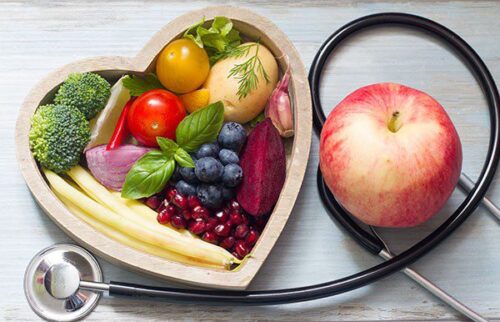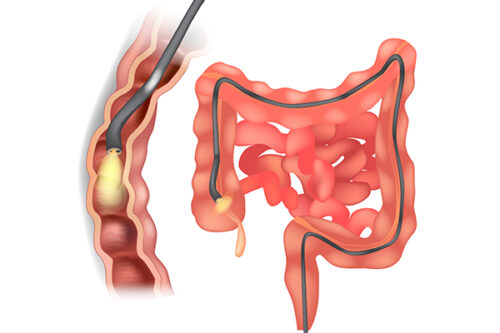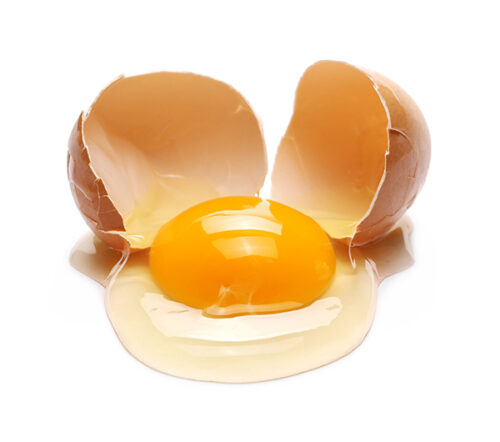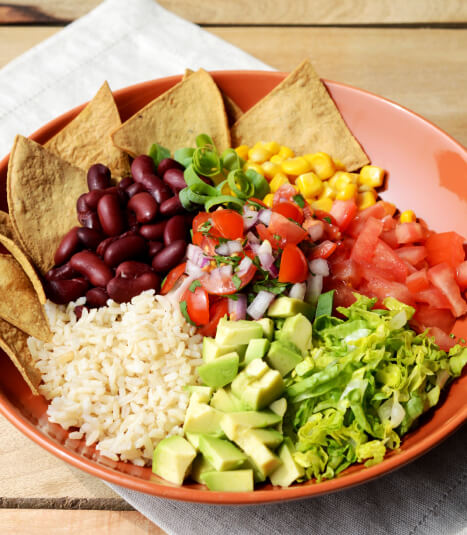Making the Change to a Healthy Lifestyle Work, Part 2 – Meal Planning
By Mary McDougall
Meal Planning
How Much Effort?
When planning home cooked meals for yourself and family, begin by deciding how much time you are willing to dedicate to them in the kitchen. If you have been the kind of cook who burns a slice of animal flesh on two sides and calls that dinner, then for you the healthy alternative is to microwave a potato or two and boil a bag of frozen vegetables. The nutrition derived from that offering will be excellent, and the flavor can be made pleasing by adding no-oil salad dressings, salsas, pasta sauces, ketchup or barbecue sauces.
On the other hand, if you like to spend time in the kitchen, making meals from scratch, then a starch-based diet can be either simple or complicated. The recipes in the McDougall books contain detailed instructions for preparation of ingredients, and accurate cooking times to help you. The instructions are written simply and completely, so that even a novice cook should be successful on the first try.
Make a List
Begin by taking a few minutes to plan your menu for the week. Write down what you plan to make for each meal. Keep the meals fairly simple, especially at first, and remember to plan your meals around a starch food for each meal. Introduce variety by choosing different starches, in order to avoid serving pasta three days in a row. Then make a shopping list and write down the ingredients you’ll need to buy at the supermarket and health foods store. A written list will save you time and money.
A Hearty Breakfast
Traditional breakfast foods, like toast, cereals, pancakes and waffles, made of whole grains, are already in line with the McDougall Program. Only a slight variation in the components of these dishes needs to be made. Many people can’t imagine eating a breakfast cereal without milk or cream. The simple solution for a hot cereal is to make it with a little extra water and top the mix with a sweetener, like brown sugar or applesauce. If you need to pour something white on a hot or cold cereal, use a low-fat non-dairy milk. Fruit juice is another option on cold cereal. It provides not only moisture, but also the flavor of the fruit and some degree of sweetness. Many cereal manufacturers already add fruits to cereals, taking advantage of this pleasurable combination of tastes.
Hash brown potatoes are a favorite in the McDougall home. They can be made from scratch or purchased frozen in boxes and bags. Pour the desired amount of potatoes from the bag into a nonstick fry pan and cook for 20-25 minutes on medium heat, stirring occasionally. Compressed square patties of shredded potatoes sold in boxes of 4 to 8 are also a favorite. (Make sure you buy potatoes with no added fats or oils.) These become brown on a nonstick griddle after about 10 minutes per side at medium heat with a gas stove. (An electric stove takes a little longer.)
A simple and fast breakfast can be a bagel, a piece of toast, or a rice cake, plain or topped with no-sugar whole fruit jams. Recipes for more complicated breakfasts can be found in the McDougall books. There’s nothing sacred about what you eat for breakfast. You’ve probably had leftover pizza or a burrito for breakfast in the past. You can do the same with healthy foods, and have for breakfast things that are customarily considered reserved for lunch or dinner. The first meal of the day in Asian countries is often the same as are the middle and the last meal: rice and vegetables.
A Tasty Lunch
Lunch is usually hurried, downed in a short time, because it falls during the business part of our day. Leftovers make easy lunches: bean dishes, grain dishes and soups left to thicken as they cool, make great sandwich stuffings. For variety, add lettuce, sprouts, sliced tomatoes and onions, along with a dash of bottled sauce (Tabasco, barbecue or steak sauce), or an oil-free salad dressing, or one of the many mustards available.
Do you usually manage to fill your pita bread pocket too full? If you do because you like a lot of filling, separate the pita bread in half by cutting around its edge, leaving two flat circles. Layer the foods you want over one half and cover with the other; eat the combination like a sandwich or with a fork and knife. You can also spread leftovers on your circles of pita bread, and add to them garnishes, and sauces; then roll up the filled circle like a burrito.
Some instant dry soups packaged in paper containers make excellent lunches. Just add hot water and wait a couple of minutes for lunch to be ready. Instant soups come in many varieties; check out Dr. McDougall’s Right Foods in your natural foods store or order online at www.rightfoods.com.
Potatoes are another great foundation for lunches. Bake, boil or microwave them. Cut crosswise in half, split lengthwise down the middle or mash the white of the potato, or skins and all, before adding the chosen topping. Instant dry packaged soups can be made with half the recommended volume of hot water, and then poured over a cooked potato, providing a substantial covering with spicy flavors. Also try oil-free salad dressings, salsas, barbecue sauces, ketchup, steak sauces, horseradish, Tabasco, vegan Worcestershire sauce, pasta sauce or any other favorite sauce (all oil-free, of course), on your potatoes.
If you pack a lunch for work or school, use covered plastic, glass or metal containers. Carry cooked potatoes in a sealed bag or container. Soups and other liquids can be stored hot or cold in a thermos. Fresh tap water, bottled water, bottled mineral water, juices and bags of herb teas are convenient beverages for packed lunches.
A Satisfying Dinner
Your dinners will be planned around starches, with the addition of fresh or frozen vegetables and fruits, mixed with your favorite seasonings. Your first goal is to decide on a few selections that please everyone who will share the meals.
Keep It Simple
When we first started eating this way more than 40 years ago, I would make three or four different dishes for a meal, in an effort to imitate the American-style of serving a main dish, two or three side dishes and a dessert. But I soon learned that too much variety makes for too much work. In the old days, for most people, meals were simple: porridge for breakfast, soups for lunch and a stew for dinner. You too should plan your meals around a single dish, possibly supplementing it with a salad or vegetable side dish. Think of pasta with a topping, or rice covered with a sauce, or just plain soup and wholesome bread.
Make Quantities
The serving size may cause you some concern if you are cooking for only one or two “small eaters.” But we suggest that you still should make at least the full quantity called for by a recipe and refrigerate or freeze the leftover portions. This will save you preparation time later, and will enable you to find something tasty available for a future meal. All of these foods freeze well, except the ones made with arrowroot or cornstarch, which become sort of lumpy when frozen. If you plan to freeze foods containing these thickeners, you should separate and freeze the surplus amounts without adding the cornstarch or arrowroot. Add the arrowroot or cornstarch to the separated portions later, when you heat them.
Make an extra effort to have on hand portions of frozen beans and rice. Doing so will cut down on preparation time for recipes that use these slow-cooking foods.
Shopping Habits
Supermarkets and Natural Foods Stores
With the list you’ve made for the week’s menu, start shopping at your local supermarket. Pick a market that is interested in supplying good fresh fruits and vegetables. Many of the upscale markets have health foods and specialty sections too, where some of the unusual ingredients can be found. We shop in a natural foods store several times a month, stocking up on the items we cannot find in a supermarket. (A natural foods store puts emphasis on foods, not on vitamin and mineral supplements and protein powders.)
Reading Labels
The key to effective shopping is careful reading of labels. Ingredients are supposed to be listed in descending order of amounts in the package. Manufacturers can deceive you with the present food labels. Sometimes simple sugars, like sucrose, corn syrup, fructose and fruit concentrate, can be listed individually, in order to remove “sugar” as the first ingredient on the list. Manufacturers have found ways of hiding fats in ingredient lists by calling them “monoglycerides,” or “diglycerides.” You might recognize “triglyceride” as being a complex fat, but are likely to overlook the mono- and di- forms as some sort of additive, unrelated to fats. The chemical difference among these three is the number of chains of fatty acids attached to the backbone molecule (glycerol): 1 (mono), 2 (di), or 3 (tri). Lecithin also is a fat you may not recognize as such. Most lecithin is made from soybeans and is no more effective at lowering cholesterol intake than is any other similar vegetable oil. You want to avoid fat as much as possible. Look for oils that are listed as ingredients on the label and avoid these products. You will often find 1 gram of fat listed on the label of an apparently low-fat product. This 1 gram represents the total amount of fats in naturally low-fat vegetable foods. When you’re buying packaged foods, be sure to read the ingredient labels carefully. And then read them periodically again and again, to catch changes in manufacturing practices and advertising ploys.
Figuring Percent of Calories
A little simple math will help you determine how much fat, protein and carbohydrate is in a labeled food or packaged product.
Percent fat is calculated by multiplying the number of grams of fat by 9 calories per gram, dividing the answer (the number of calories of fat) by the total calories, then multiplying by 100%. Your goal is less than 10 % fat per meal.
Percent protein is calculated by multiplying the number of grams of protein by 4 calories per gram, dividing the answer (the number of calories of protein) by the total calories, then multiple by 100%. Your goal is less than 8 to 15% protein per meal.
Percent carbohydrate is calculated by multiplying grams of carbohydrate by 4 calories per gram, dividing the answer (the number of calories of carbohydrate) by the total calories, multiple by 100%. Your goal is more than 75% carbohydrate per meal.
The ideal starch-based diet is:
| 5 to 10% fat | |
| 8 to 15% protein | |
| 75 to 87% carbohydrate |
Ordering Supplies by Mail
People living in rural areas cannot find some of the specialty items in their home town grocery store. Mail order houses can solve this problem. You can save 30% to 50% on your purchases by buying in bulk from some such places. If the minimum bulk order costing $200 to $500 is too much for you alone to manage, then team up with friends on an order. Many online sources for specialty foods may be found by entering natural foods into your search engine and checking various supplies. Harmony House Foods and Vitacost are good resources.
Canned and Packaged Products:
A basic list of canned and packaged products is found in The McDougall Quick & Easy Cookbook, as well as on our website. These products have limited amounts of added oils and are free of animal products. However, many do contain salt, sugars, spices and additives that some people cannot tolerate. Read the labels carefully before deciding to buy. Also, manufacturers will sometimes change the ingredients, so check labels periodically.
Recommended Articles

Three Essential Keys To a Healthy Diet

Colonoscopy: A Gold Standard to Refuse






